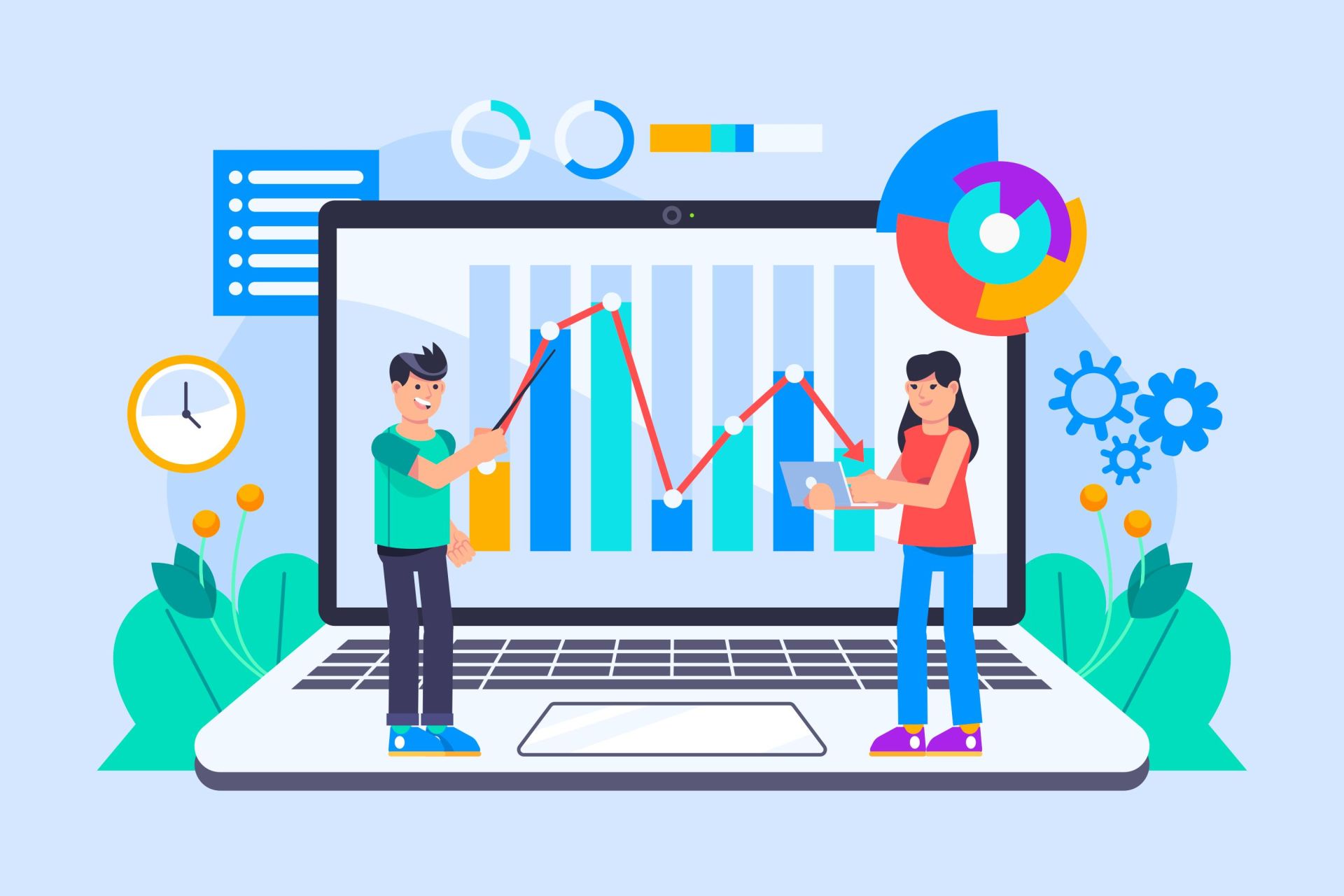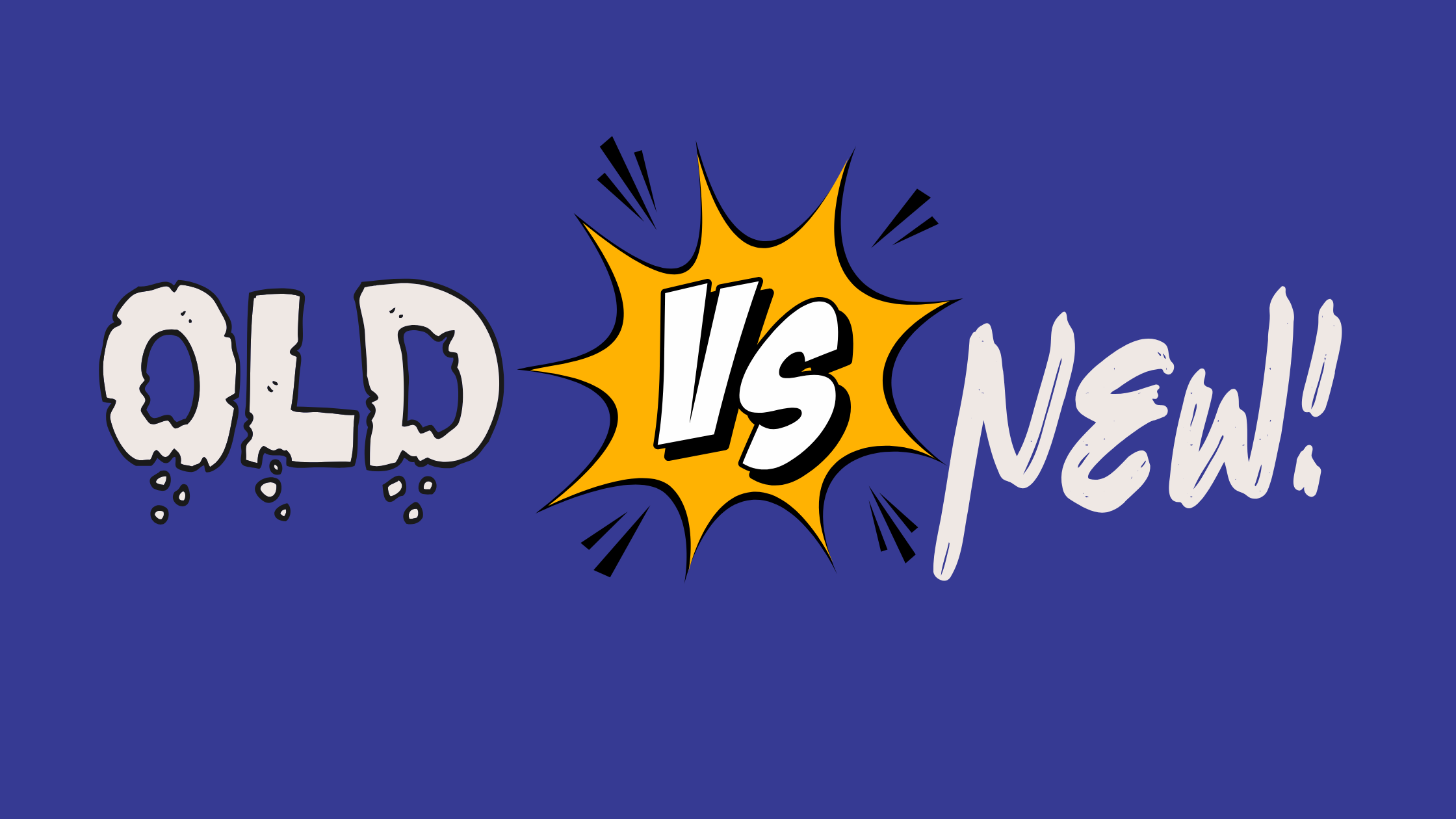From Spreadsheets to Stories: How AI is Revolutionizing Data Storytelling
Mar 18
Introduction: Why Data Storytelling Matters
In today’s digital economy, data is everywhere. But raw data alone is meaningless without context, interpretation, and insights. That’s where data storytelling comes in. A well-crafted data story can transform complex insights into actionable decisions, making it an essential skill for analysts, business professionals, and students alike.
With the rise of AI-powered tools, storytelling is no longer limited to human interpretation alone. AI is now helping analysts visualize, narrate, and communicate insights more effectively than ever before. This blog explores how AI is reshaping data storytelling and how students, particularly those in the UpskillUtopia internship program, can leverage these advancements to enhance their presentations and dashboards.
The Evolution of Data Storytelling: From Numbers to Narratives

Traditionally, data storytelling was manual—analysts collected data, created charts, and wrote reports based on trends. However, with the exponential growth of data, traditional methods became inefficient. Businesses needed faster, more intuitive ways to communicate insights.

The Old Way: Spreadsheets & Static Reports
🔹 Analysts worked with massive Excel spreadsheets full of raw data.
🔹 Insights were hidden in numbers, requiring manual effort to extract trends.
🔹 Reports were static and lacked interactive elements for better engagement.
🔹 Insights were hidden in numbers, requiring manual effort to extract trends.
🔹 Reports were static and lacked interactive elements for better engagement.
The New Way: AI-Driven Insights & Automated Storytelling
✅ AI tools like ChatGPT & GenAI generate written summaries of complex datasets.
✅ Google Looker Studio & Power BI allow users to create interactive dashboards instead of static charts.
✅ AI helps personalize reports, ensuring key insights stand out without human bias.
✅ Google Looker Studio & Power BI allow users to create interactive dashboards instead of static charts.
✅ AI helps personalize reports, ensuring key insights stand out without human bias.
With AI, data storytelling isn’t just about reporting numbers—it’s about making data engaging, interactive, and insightful.
How AI is Transforming Data Storytelling
AI is not just a tool for analysis—it’s now a partner in storytelling. Let’s explore how AI is revolutionizing each stage of data storytelling.
1. Automating Insight Generation
🔹 AI-powered tools like ChatGPT & U2XAI analyze datasets and generate insights in seconds.
🔹 These tools identify patterns, anomalies, and key trends, reducing manual work.
🔹 Instead of analysts writing lengthy reports, AI can summarize key takeaways automatically.
🔹 These tools identify patterns, anomalies, and key trends, reducing manual work.
🔹 Instead of analysts writing lengthy reports, AI can summarize key takeaways automatically.
💡 Example: A sales team uses AI to instantly generate monthly performance reports with recommendations instead of manually analyzing data.
2. Enhancing Data Visualization
🔹 AI recommends the best chart types based on the dataset.
🔹 Tools like Google Looker Studio & Power BI use AI to suggest the most relevant KPIs to display.
🔹 AI automates formatting, ensuring dashboards are visually appealing and error-free.
🔹 Tools like Google Looker Studio & Power BI use AI to suggest the most relevant KPIs to display.
🔹 AI automates formatting, ensuring dashboards are visually appealing and error-free.
💡 Example: Instead of manually picking a chart, AI suggests a heatmap for customer demographics or a line chart for sales trends.
3. Making Reports More Engaging with AI-Powered Narratives
🔹 AI converts boring data tables into compelling narratives, making reports easier to digest.
🔹 Instead of just displaying charts, AI-powered tools generate story-driven summaries that highlight key insights.
🔹 AI can even adjust tone & complexity based on the audience, ensuring reports are relevant and actionable.
💡 Example: A financial analyst generates two reports on company performance—one for executives (concise, strategic insights) and one for team leads (detailed metrics & analysis). AI automatically adjusts the tone and focus accordingly.
4. Personalizing Data Stories for Different Audiences
🔹 AI allows for dynamic storytelling, adjusting insights based on the viewer’s preferences.
🔹 Interactive dashboards let users explore data at their own pace.
🔹 Personalized recommendations make insights actionable and relevant.
🔹 Interactive dashboards let users explore data at their own pace.
🔹 Personalized recommendations make insights actionable and relevant.
💡 Example: A marketing dashboard highlights campaign performance differently for creative teams (engagement metrics) vs. executives (ROI and revenue impact). AI tailors the insights accordingly.
Real-World Use Cases of AI in Data Storytelling
🔹 News Media & Journalism
Organizations like The Washington Post use AI-driven tools to analyze massive datasets and generate automated news reports. (Axios)
🔹 Corporate Business Intelligence
Companies like Google & Amazon use AI-powered dashboards to monitor operations in real time, helping leadership make data-driven decisions.
🔹 Financial Reporting
AI assists investment firms in summarizing stock market movements, predicting trends, and generating automated trading reports.
🔹 Supply Chain Analytics
Firms leverage AI to monitor inventory, predict demand fluctuations, and generate insightful supply chain reports.
How UpskillUtopia Interns Can Use AI for Data Storytelling
As part of Week 4’s curriculum, UpskillUtopia interns will use AI to turn raw data into compelling stories.
🎯 Step 1: Build Dashboards in Google Looker Studio
Use AI suggestions to select the best chart types & KPIs.
Create interactive dashboards for real-time data exploration.
🎯 Step 2: Use GenAI for Storytelling
Let ChatGPT or U2XAI generate key insights from your data.
Use AI-powered summaries to craft a narrative around trends.
🎯 Step 3: Create Engaging Presentations in Canva 3.0
AI assists in designing visually striking reports & slide decks.
Automate data-driven storytelling for a seamless presentation experience.
💡 Pro Tip: The best analysts don’t just show charts—they tell a story that drives decisions!
Conclusion: The Future of AI-Driven Data Storytelling
AI isn’t replacing data analysts—it’s empowering them to communicate insights more effectively. By leveraging AI-powered storytelling tools, professionals can focus on strategy and decision-making instead of manual reporting.
For UpskillUtopia interns, this means an opportunity to master cutting-edge tools, build stunning dashboards, and become storytellers in data analytics. 🚀
📢 Are you ready to transform your data presentations with AI? Let’s make numbers speak! 🎤📊
Subscribe to our newsletter
Thank you!
Important Links
-
Courses
-
Pricing
-
FAQ
-
Hire
-
Internships
-
Webinars
-
Community
-
Become a Mentor
-
Blog
-
Data Science & AI in SCM
Compare Us
-
Upskill Utopia Vs Udemy
-
Upskill Utopia Vs Coursera
-
Upskill Utopia Vs Upgrad
Let's Work Together
Join our member club today and get expert guidance from industry leaders
Thank you!
